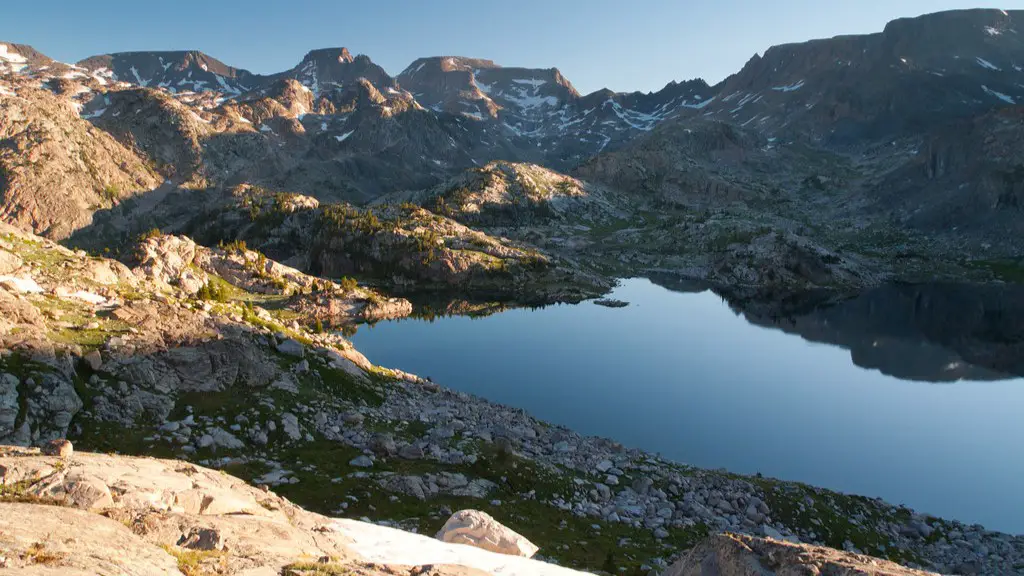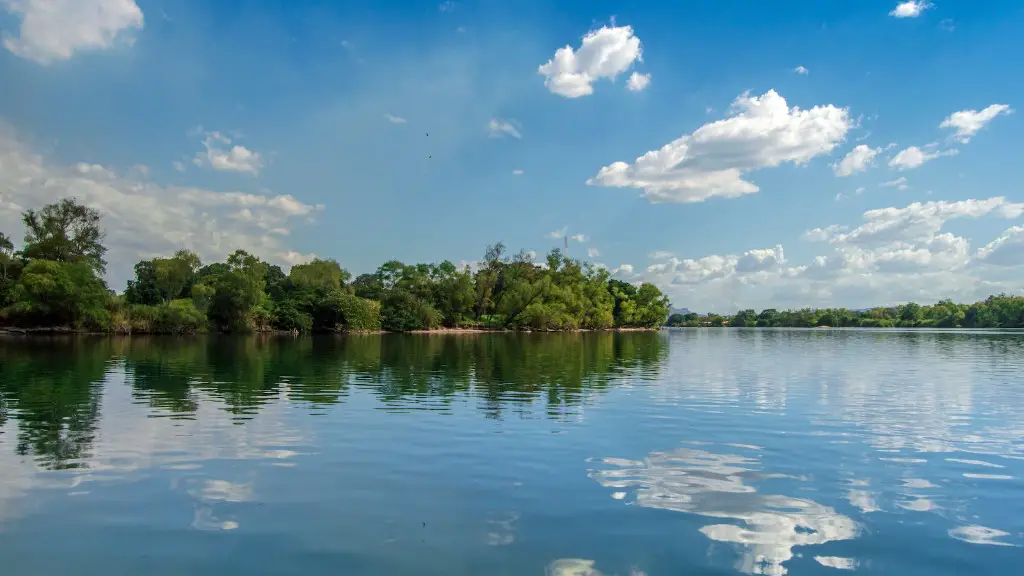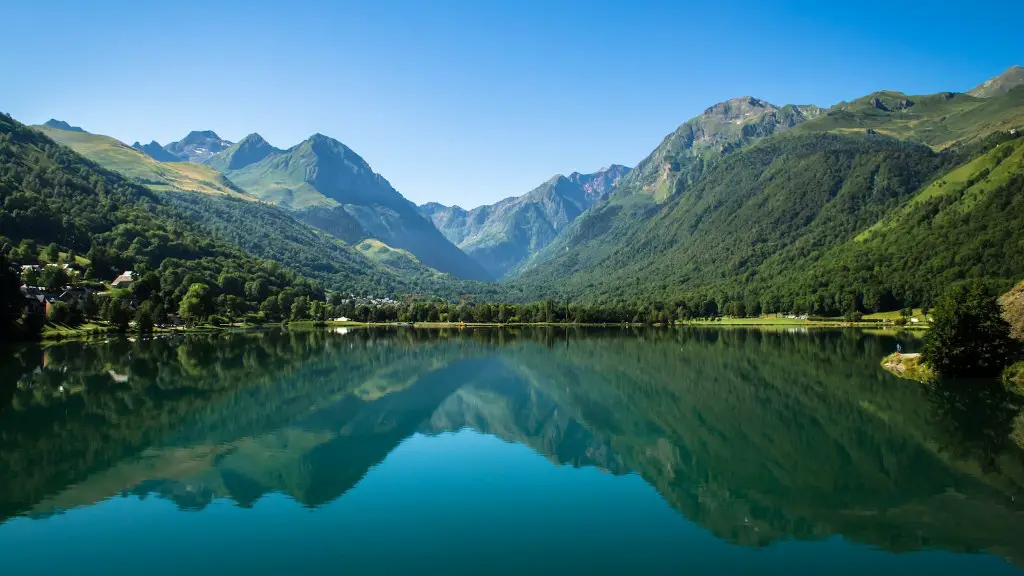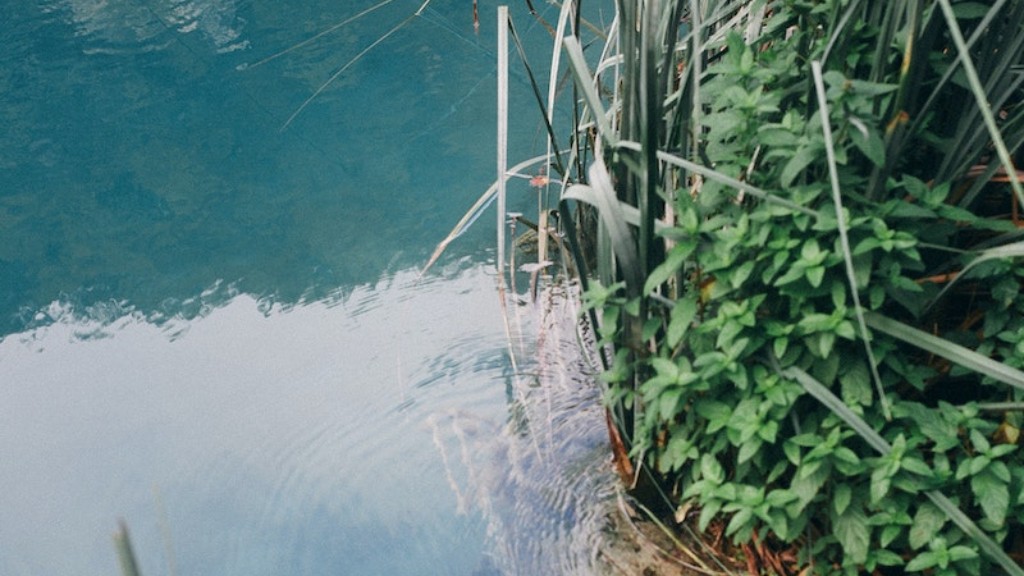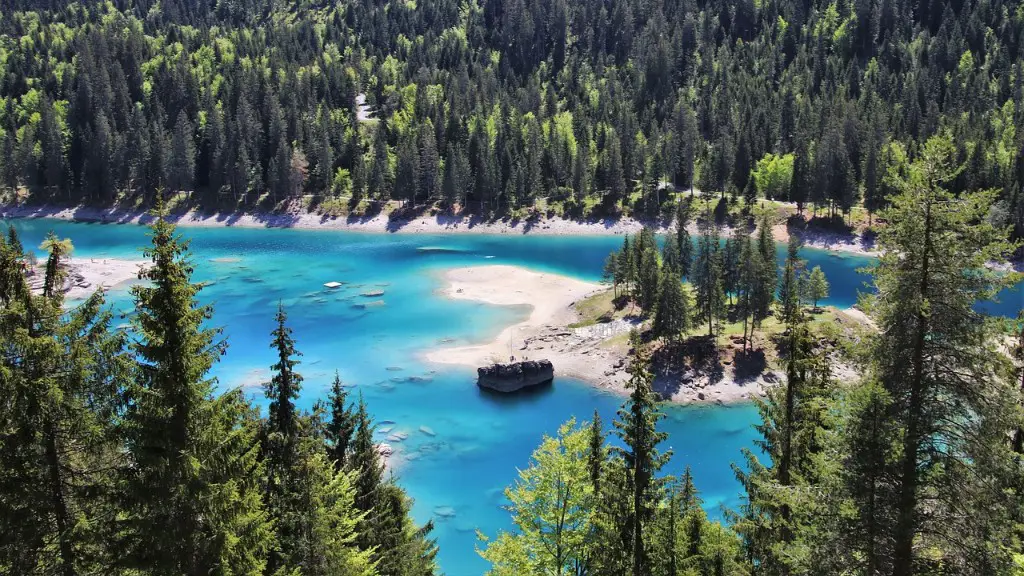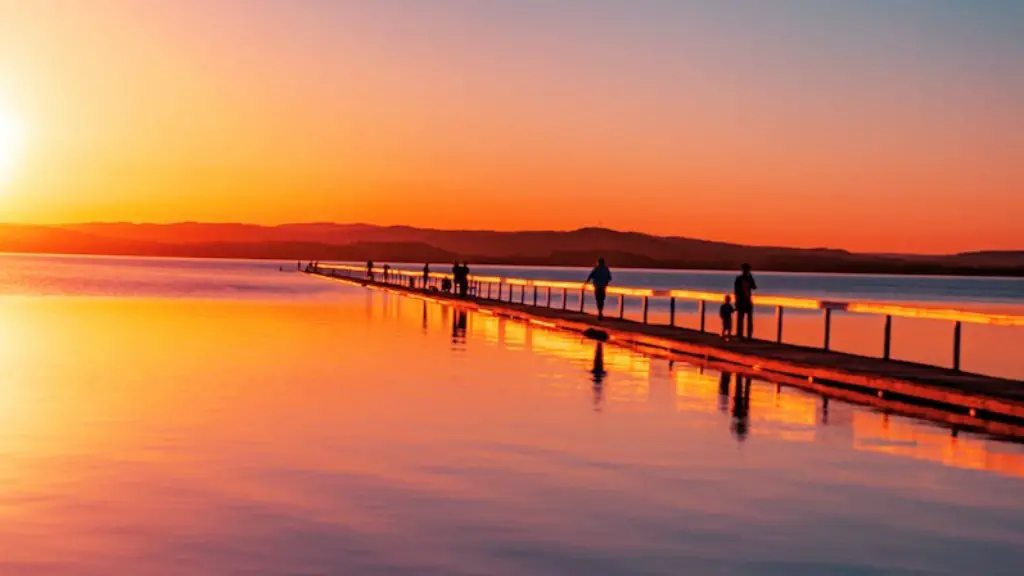Lake Titicaca is a stunningly beautiful and legendary body of water located in the highlands of South America. It is the largest lake in South America, spanning three countries (Peru, Bolivia, and Chile). It is a unique and majestic destination, home to unique species of birds, vibrant flora and fauna, archaeological sites, and the famous floating Uros Islands.
Although it is often overlooked as a tourist destination, Lake Titicaca is full of activities and attractions for those who want to discover its majestic beauty. Visitors can explore the islands, visit ancient archaeological sites such as Tiwanaku, explore the idyllic villages around the lake, and even swim in the lake. It’s also possible to embark on a boat tour of the lake.
Aside from sightseeing, Lake Titicaca also offers some unique cultural experiences, such as the opportunity for visitors to stay with local families and learn about their traditions and customs. It’s a chance to immerse oneself in the local culture and get closer to nature and its people.
For adventurers and outdoor enthusiasts, there are plenty of outdoor activities to do at Lake Titicaca, such as trekking and kayaking. The lake is also a popular destination for light aircraft and sailing, making it an ideal destination for those seeking a more active holiday.
In addition to its archaeological and cultural attractions, Lake Titicaca has something for everyone. Whatever the reason for visiting, there is something for everyone, whether it is to take part in local sports competitions, marvel at ancient ruins, or simply to relax and enjoy the stunning landscape.
Lake Titicaca is one of the most spectacular places to visit in South America, with its extraordinary beauty and unique cultural experiences. It is certainly a must-see destination and definitely worth the journey.
History of Titicaca Lake
Lake Titicaca is one of the oldest and most mysterious lakes in the world, with a rich and fascinating history. Located on the border between Bolivia and Peru, in the Andes Mountain Range, the lake has been inhabited by different cultures for thousands of years, including the Fairies, Incas, and the Aymaras.
The lake is home to a great many archaeological sites, such as Tiwanaku and others, which display evidence of ancient civilizations inhabiting the lake. The lake was also revered by the Incas, who believed it to be the birthplace of the sun, and considered it a sacred spot. They built an impressive temple on islands surrounding the lake, and their mysterious beliefs still attract visitors from around the world today.
Despite its long and mysterious history, Lake Titicaca is perhaps most famous as the home of the Uros people, who live on small islands built up of reed. It is also a very important spiritual and religious site for many populations in South America, including the Aymara and Quechua people.
Today, the lake is home to many species of birds, mammals, and reptiles and is considered one of the most important wetlands in South America. It is also a World Biosphere Reserve, with much of it and its surrounding areas protected by law.
Unique Flora and Fauna at Titicaca Lake
The flora and fauna of Lake Titicaca are both varied and diverse. Visitors to the area can expect to see Andean geese, pink flamingos, vizcachas, and vizcachos, among other species of birds. The lake itself is also home to various aquatic species such as freshwater fish, invertebrates, and amphibians.
The lake is also home to a variety of plant species, including colourful water lilies, reeds, and giant ferns. Its lush vegetation is a major draw for visitors, and a riverside trek through the lake’s surroundings can easily reward you with a gorgeous panorama of a different kind.
The lake’s unique ecosystems are also one of its major attractions. The lake is a major source of freshwater for local populations, and the wetlands of the lake are essential habitats for migratory birds. The lake is home to many endangered species, such as the Andean teal and giant otter, and the ecosystems of the lake are currently being studied in order to better understand the effects of human activities on the environment.
Comfortable Accommodation Options
Lake Titicaca offers a variety of comfortable accommodation options for visitors, from luxurious hotels in the nearby town of Puno to rustic guesthouses in the villages that line the shores of the lake. Visitors can also choose to stay on the shores of the lake, in the Floating Islands of Uros, where the Uros people live.
Regardless of the option chosen, visitors will find hospitable people and a variety of services and facilities to make their trip even more enjoyable. Puno, the main town near the lake, offers a variety of shops, restaurants, and cafes, while the nearby villages provide a more peaceful and tranquil atmosphere.
The local restaurants offer delicious dishes, especially of the fish and seafood variety. Visitors can also pick up souvenirs and buy local crafts in the markets of nearby towns.
Tips and Advice on Exploring Titicaca Lake
When exploring Lake Titicaca, it’s important to remember to bring appropriate clothes and shoes, as the climate can be cool and wet. Visitors should also bring plenty of sunscreen, water, and snacks, and plan their activities carefully, as the lake and surrounding areas can be quite remote.
Being prepared is also important, as there are a lot of activities to do and places to visit in the area. There are also a lot of opportunities to go sightseeing, and visitors should take advantage of these to get the most out of their trip.
It’s also important to remember to be respectful of local traditions and customs when visiting Lake Titicaca. The Uros people, who live on the Floating Islands, are very friendly and welcoming to visitors, but it is important to remember to be respectful and not to disturb their way of life and peaceful existence.
One of the most important pieces of advice for visitors to Lake Titicaca is to remember that the lake is located in high altitude, and can, at times, be cold and windy. It is important to bring warm clothes and to remember to stay hydrated and drink plenty of fluids.
Conclusion: Is Titicaca Worth a Trip?
Lake Titicaca offers something for everyone; archaeology, culture, outdoor activities, stunning nature and breathtaking views. It is a place of immense beauty and importance to the indigenous populations. In all aspects, it is a unique, beautiful and mysterious region and definitely worth a visit.
